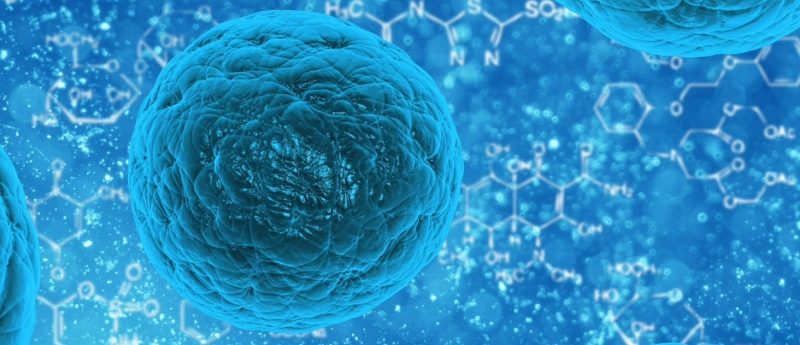Real-time MRI guidance may provide precise delivery of stem cell therapies

Researchers from the Johns Hopkins University School of Medicine (Baltimore, MD, USA) have reported successful delivery of stem cells to the brain utilizing high-speed MRI-guided intra-arterial injection in small animal models.
A team of scientists from the Johns Hopkins University School of Medicine (Baltimore, MD, USA) have reported that an intra-arterial catheter partnered with real-time MRI allowed precise administration of stem cells to the brain in anesthetized dogs and pigs, raising hopes that method could support the treatment of neurological disorders such as Parkinson’s disease and stroke.
Stem cell-based therapies have the potential to provide transformative therapies for many diseases that currently have no cure, such as neurodegenerative diseases and stroke. However, effective cell delivery to the brain is challenging, and current techniques involve either intravenous injection, which is not a very targeted or controlled approach, or puncturing patients’ skulls, which has limited delivery range and is also unpleasant for the patient. The Johns Hopkins team therefore sought to utilize intra-arterial injection, which is commonly used to repair large vessels in the brain, partnered with an effective real-time method of monitoring the catheter placement and movement of implanted cells, as a more effective stem cell delivery technique.
A catheter was placed into a blood vessel of the animals, with x-ray imaging used to ensure it was guided towards the brain. However, this technique does not allow observation of the stem cells’ movements and making adjustments to the catheter accordingly. The team therefore then opted for MRI, which provided images every few seconds throughout the procedure, allowing then to predict where stem cells would be delivered by visualizing the intravascular distribution of a superparamagnetic iron oxide contrast agent within the brains of the anesthetized subjects.
“It’s like having GPS guidance in your car to help you stay on the right route, instead of only finding out you’re lost when you arrive at the wrong place,” Jeff Bulte, professor of radiology and author of the study, explained.
The team then injected glial progenitor cells and mesenchymal stem cells into the animals. They observed in both cases that under high-speed MRI guidance with the contrast agent, they were able to accurately predict the distribution of the cells in real time. Additionally, this method enabled them to discern whether clumps of cells were forming in arteries, providing the opportunity to immediately intervene and prevent undesired biodistribution, overall providing a safer and more predictable spatially targeted delivery.
“If further research confirms our progress, we think this procedure could be a big step forward in precision medicine, allowing doctors to deliver stem cells or medications exactly where they’re needed for each patient,” commented author Piotr Walczak.
The next steps in translating this research to the clinic will be to investigate this method as an effective treatment for stroke and cancer in animal models, delivering both medication and stem cells.
Sources: Walczak P, Wojtkiewicz J, Nowakowski A et al. Real-time MRI for precise and predictable intra-arterial stem cell delivery to the central nervous system. J. Cereb. Blood Flow Metab. doi:10.1177/0271678X16665853 (2016) (Epub ahead of print);
www.hopkinsmedicine.org/news/media/releases/mri_guidance_shows_promise_in_delivering_stem_cell_therapies